#69 in Vietnam
Bánh Bò: Basic Information
Pronunciation
Alternative Name(s)
Dish Type
Course
Mealtime
Popular Bánh Bò Variations

Bánh Bò Nướng
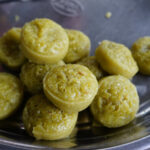
Bánh Bò Hấp
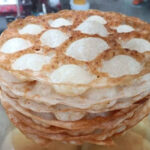
Bánh Bò Sữa Nướng
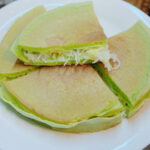
Bánh Bò Dừa
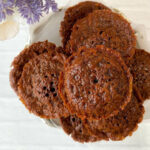
Bánh Bò Thốt Nốt
Bánh Bò: Ingredients and Preparation
Main Ingredients
Main Cooking Method
Preparation Process
Bánh Bò: A Deep Dive
Cultural Significance
Taste
Texture
Aroma
Color
Serving Style
Serving Temperature
Accompaniment
Occasions
Seasons
Special Diets
Calories
Popularity
Popular Similar Dishes
- Idli
- Vattayappam
- Bika Ambon
Popular Dining Area
Bánh bò is a traditional Vietnamese dessert known for its sweet and chewy texture. This sponge cake is distinctive for its honeycomb-like interior, which is achieved through the formation of numerous small air bubbles.
The main ingredients include rice flour, water, sugar, and yeast. Coconut milk is also typically added to the batter, giving the cake a subtle coconut flavor and aroma.
Originating from Southern China, the Vietnamese version of this cake differs from the Chinese variant in its inclusion of coconut milk.
This type of cake can be eaten alone or sandwiched with bánh tiêu, or served on a plate with coconut milk sprinkled with toasted sesame.
Allow me to guide you through the characteristics of the dish, explore the etymology of ‘bánh bò’, discuss its different versions, advantages, and disadvantages, frequently asked questions, and dishes that are alike.
Key Points
Bánh Bò Images
What Is The Origin of The Name “Bánh Bò”?
The name “Bánh Bò” for the Vietnamese sponge cake has an interesting origin. In Vietnamese, “bánh” translates to “cake,” and “bò” has dual meanings: it can mean “cow” or “to crawl.” There are two theories regarding the name’s origin.
One theory suggests that the cake was originally called “bánh vú bò,” which means “cow’s udder cake,” due to its resemblance to a cow’s udder. This name was eventually shortened to “Bánh Bò.” The other popular theory is that “bò” refers to the way the cake expands and “crawls” up the sides of the bowl during the cooking process.
Thus, the unique and dual interpretation of “bánh bò” reflects not only its distinctive shape and cooking process but also paves the way for various regional variations of bánh bò.
What Are Famous Variations of Bánh Bò?
There are 5 famous variations of Bánh Bò, each with its unique flavors and preparation methods:
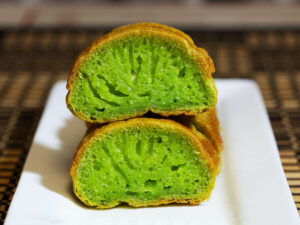
Bánh Bò Nướng
A baked version of bánh bò, known for its slightly chewy texture and often flavored with coconut.
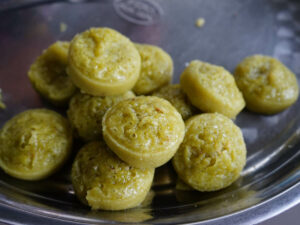
Bánh Bò Hấp
This is the steamed version, characterized by a soft, spongy texture and a sweet taste.

Bánh Bò Sữa Nướng
A dairy-infused variation, incorporating condensed milk or milk powder instead of coconut milk. This variation is baked in a small pan.
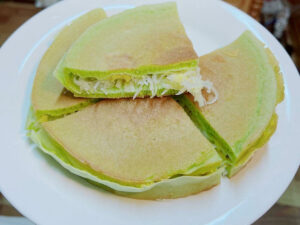
Bánh Bò Dừa
Coconut is a key ingredient in this variation, giving it a distinct tropical flavor.
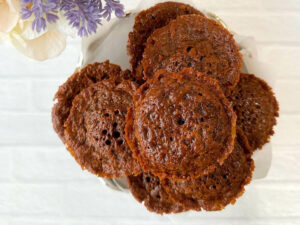
Bánh Bò Thốt Nốt
Made with palm sugar, offering a unique, caramel-like sweetness.
Exploring these variations of bánh bò reveals a delightful array of flavors and textures, each presenting its own pros and cons.
Pros and Cons of Eating Bánh Bò
Bánh bò offers a unique blend of flavors and textures, and like any food, it has its pros and cons:
Pros
Cons
Let’s delve into some frequently asked questions to further unravel the popular queries surrounding this Vietnamese delicacy.







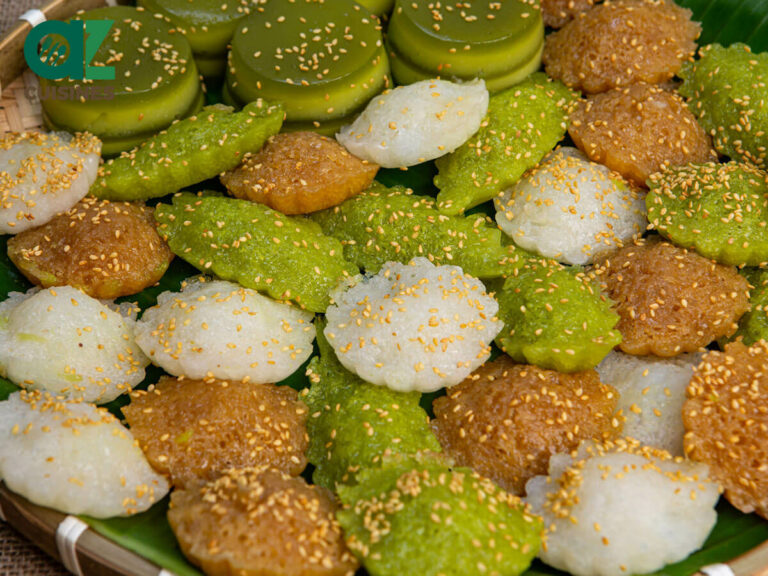
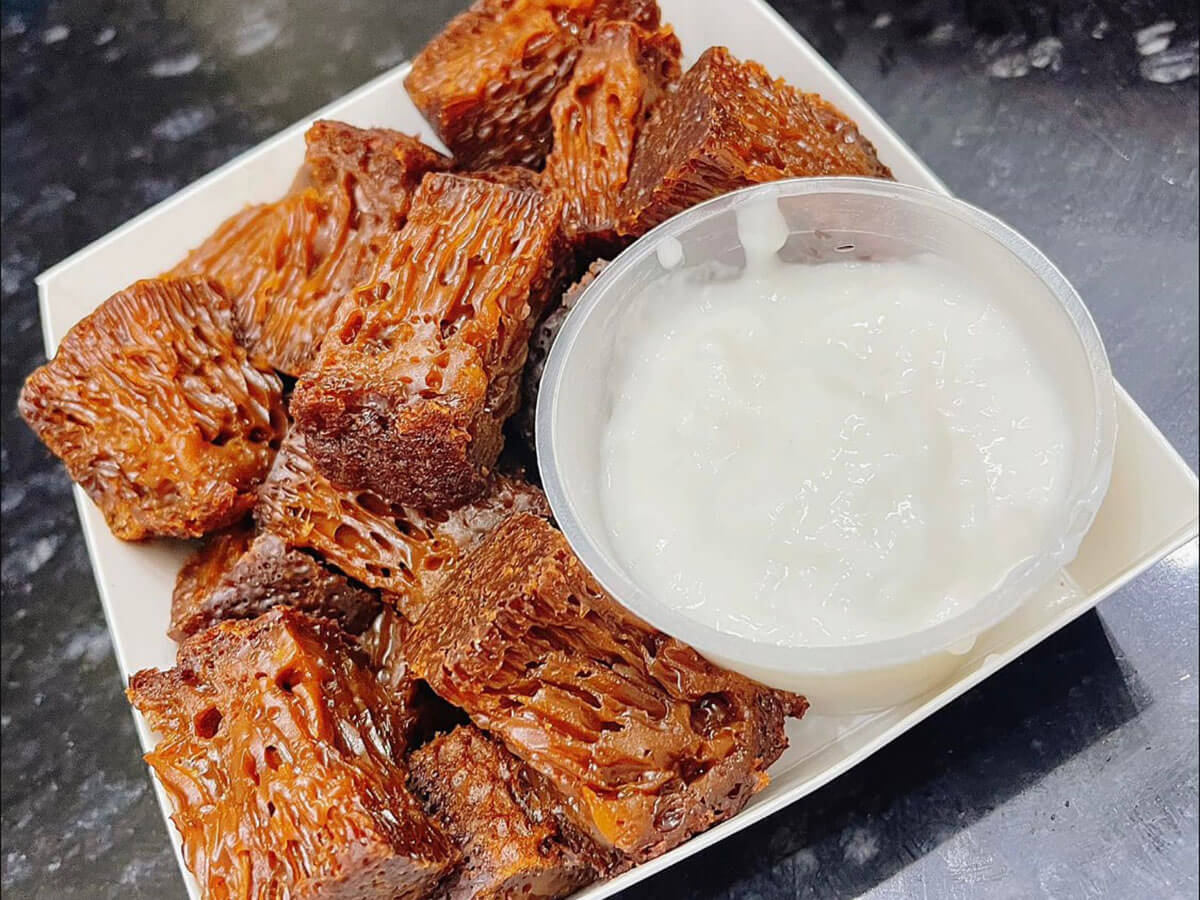
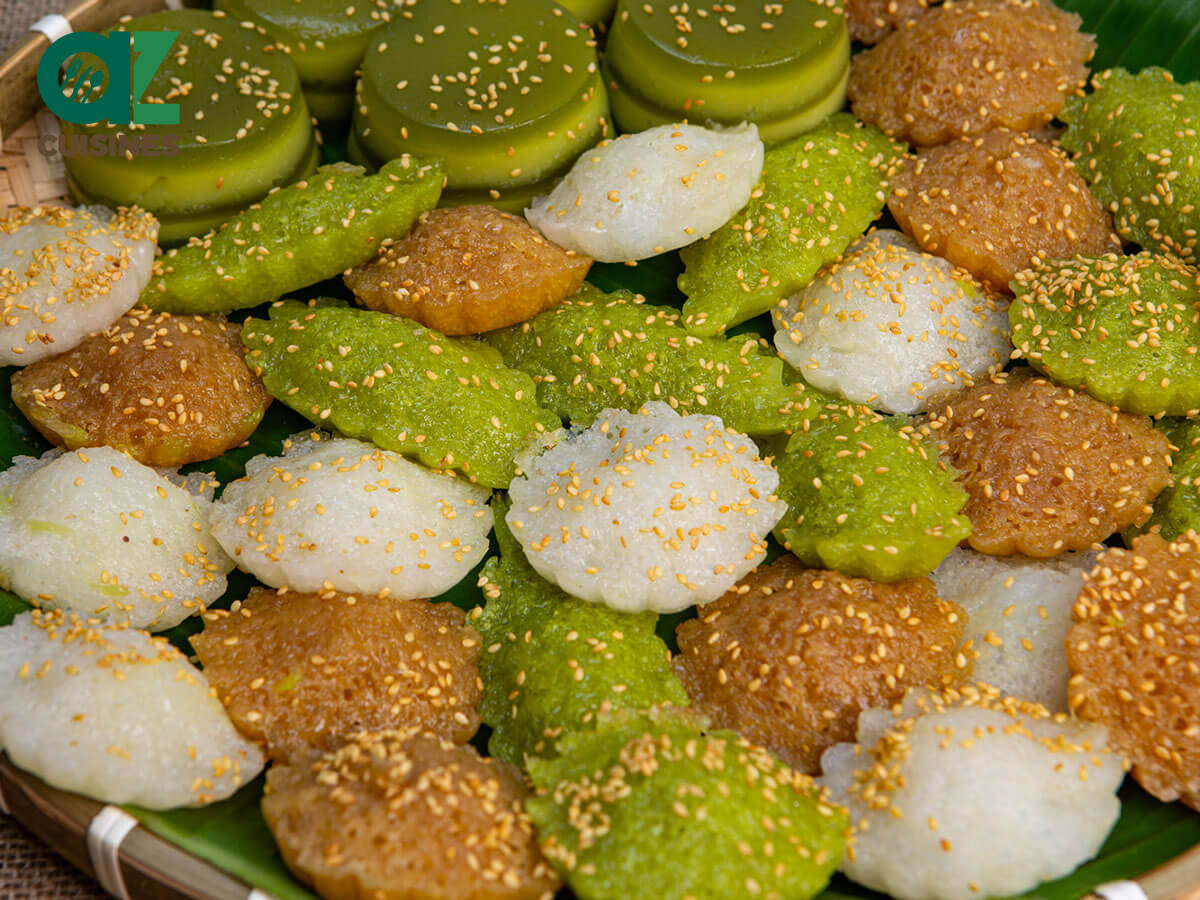
Truc Tran (Kris)
Senior Food Editor
Expertise
Home Cooking, Meal Planning, Recipe Development, Baking and Pastry, Food Editor, Cooking-video Maker, Vietnamese Food Evaluation Expert
Education
Truc Tran (Kris), an experienced food writer and editor, is great at exploring and describing global cuisines, from simple street food to fancy dining. In her writing, she skillfully mixes different flavors, cooking methods, and culinary traditions, showing the unique character of various cultures through their food and drinks. On azcuisines.com, Kris highlights her knowledge, especially in Asian cuisine and worldwide traditional dishes.